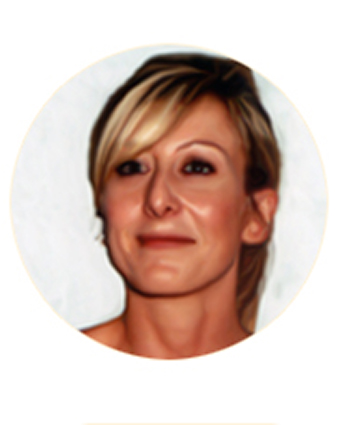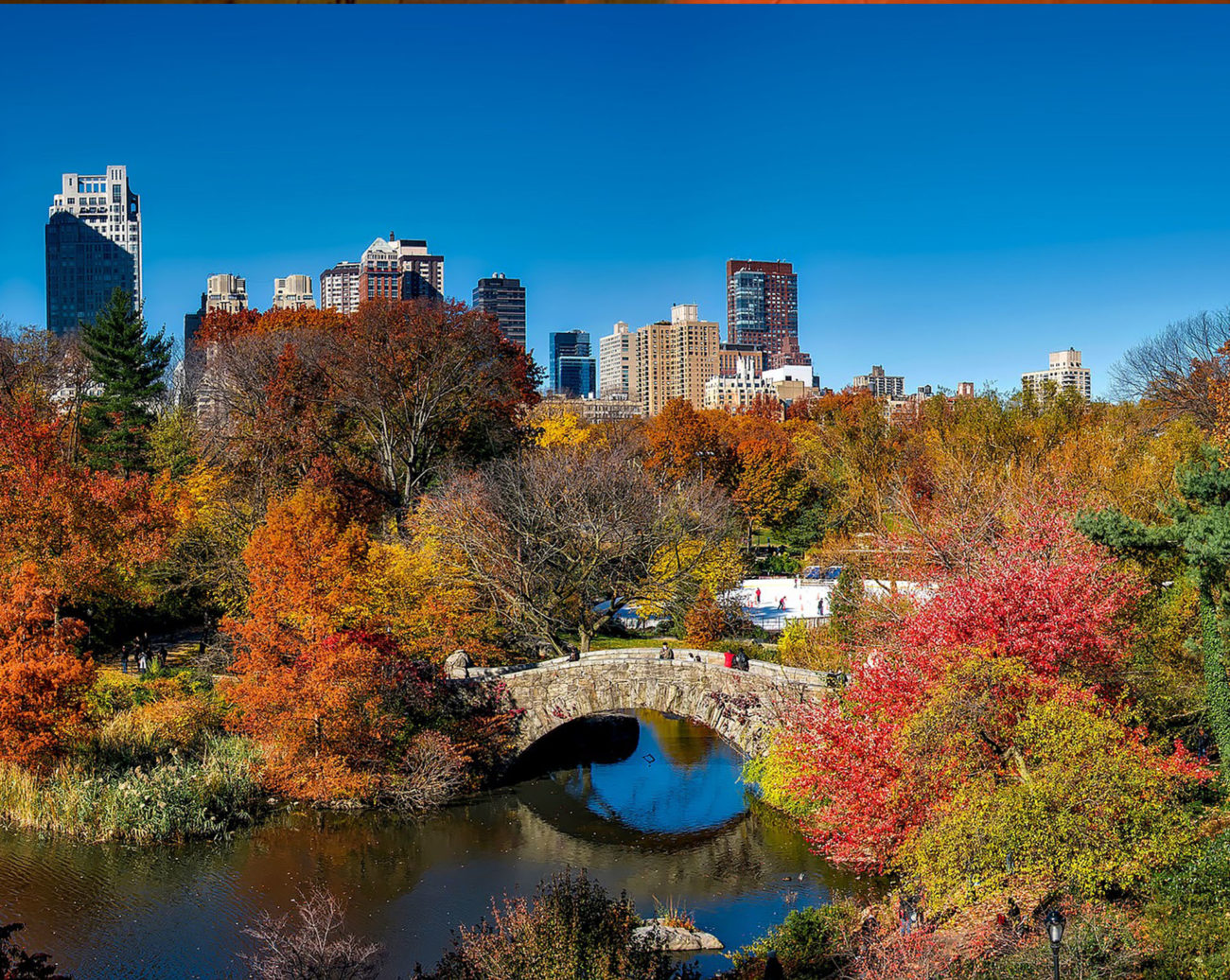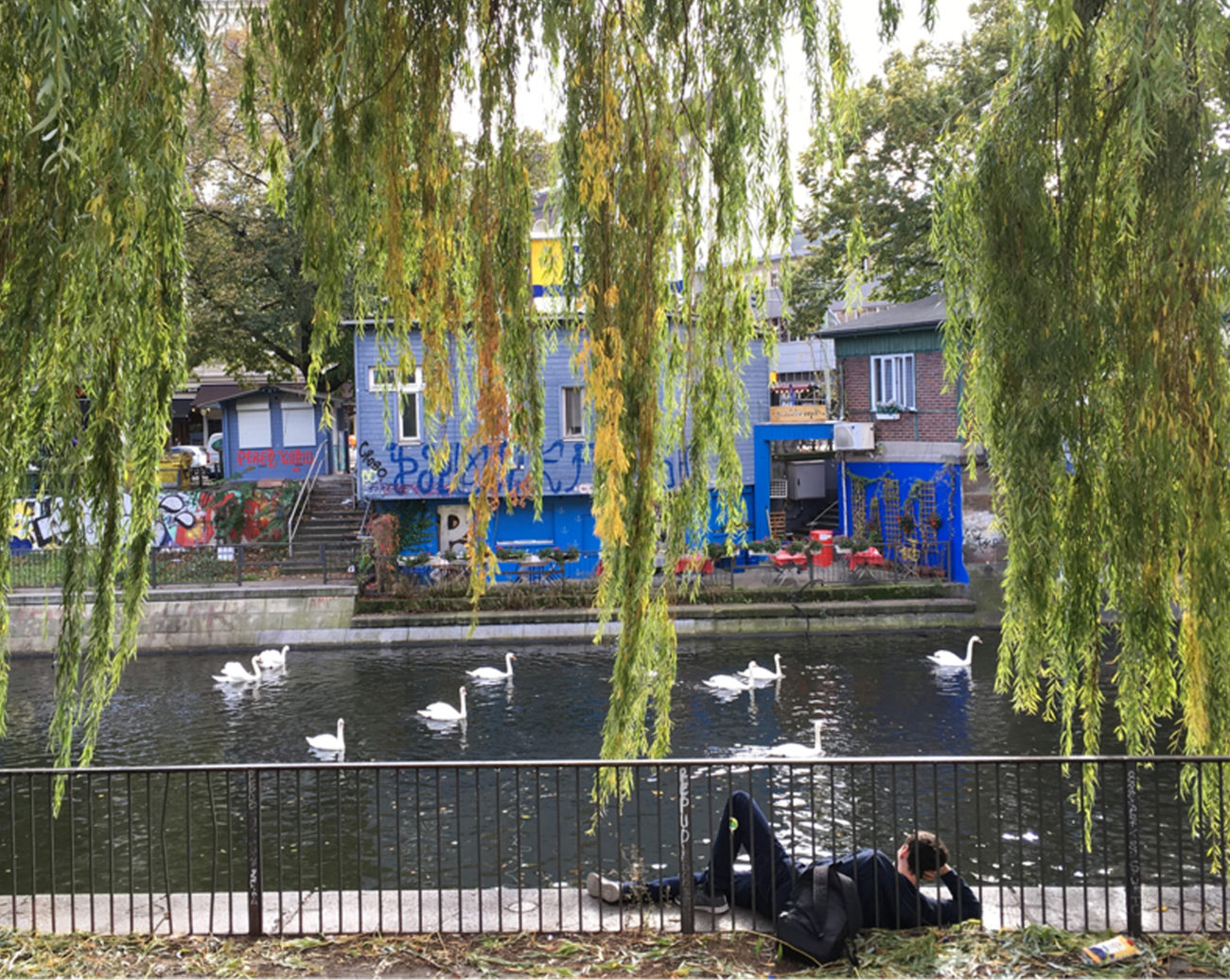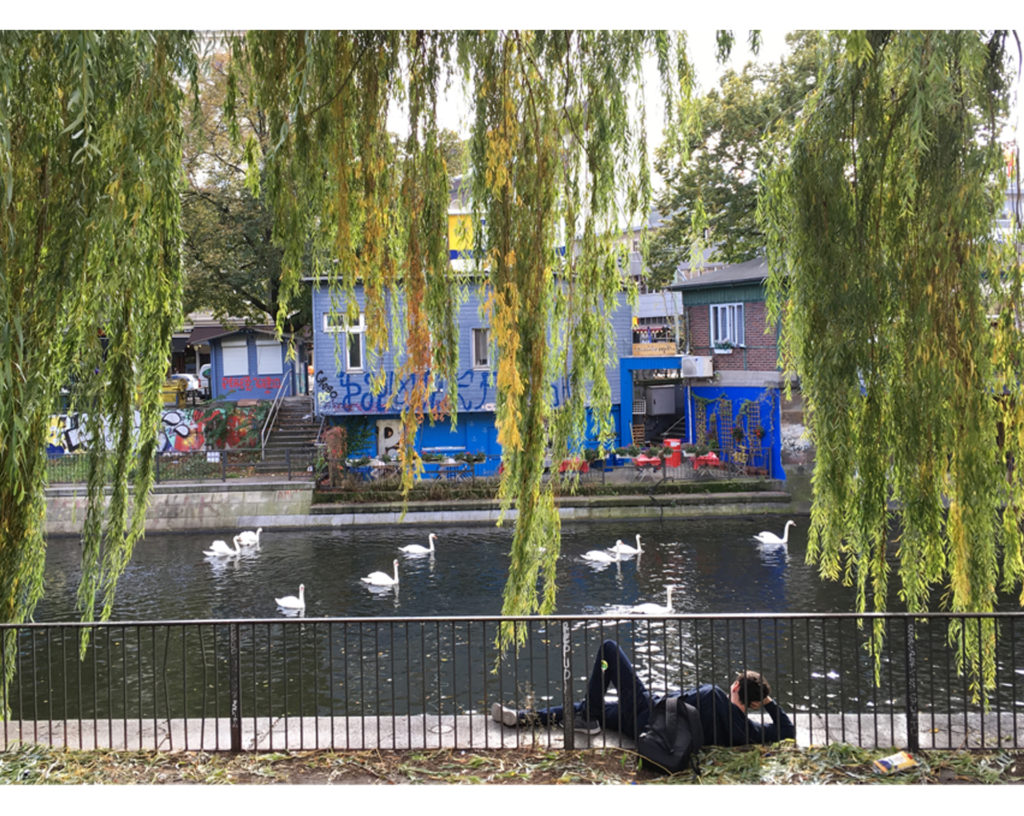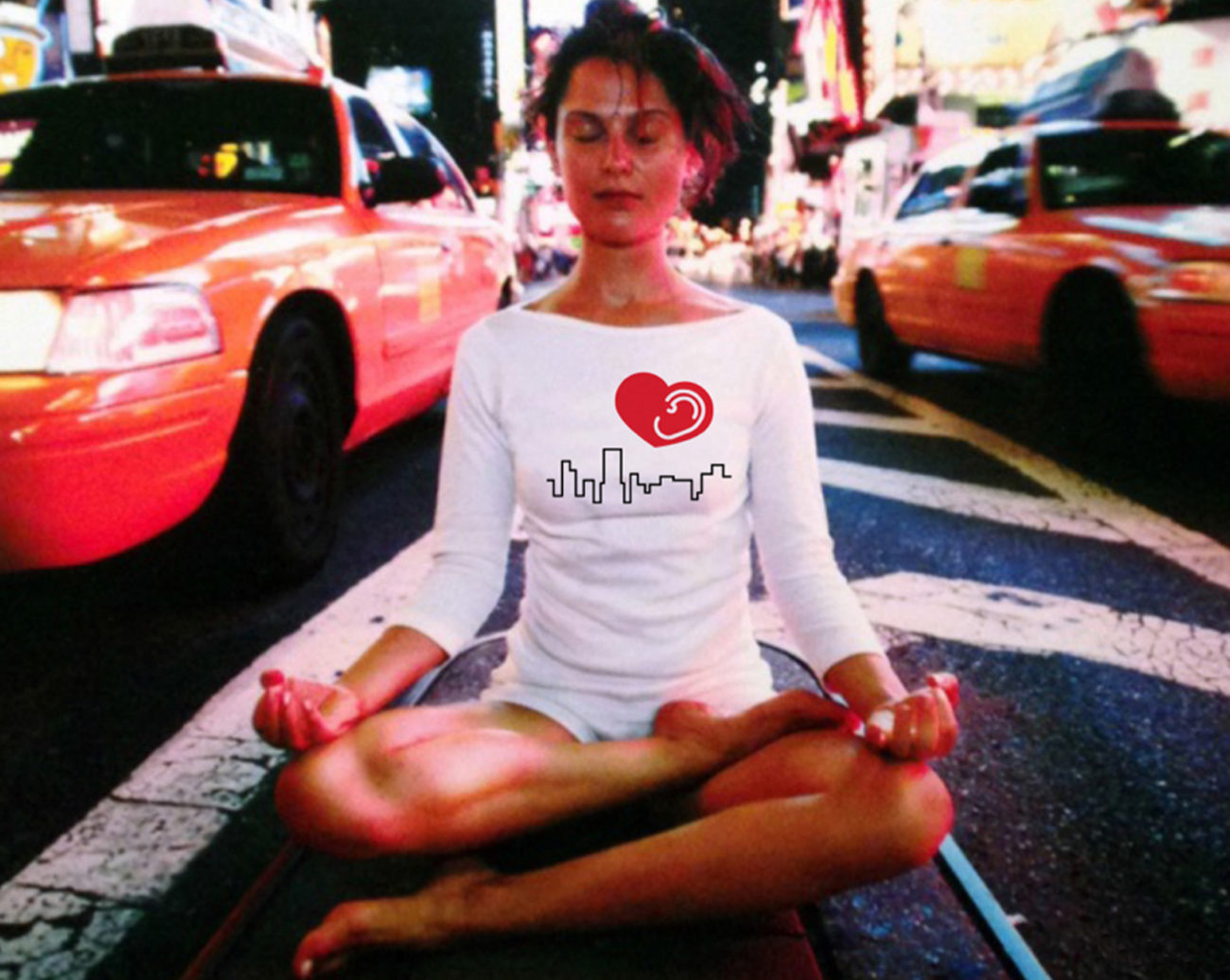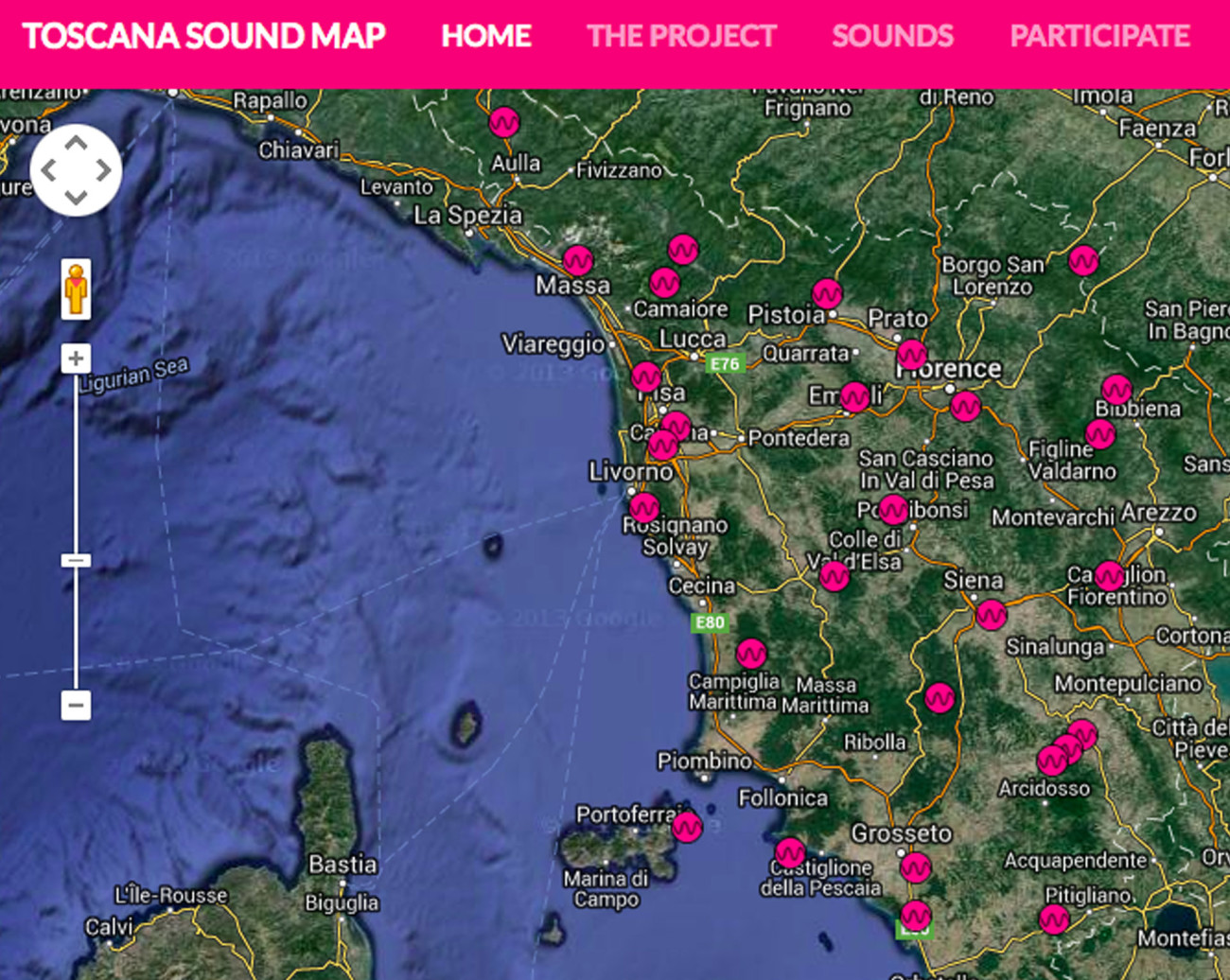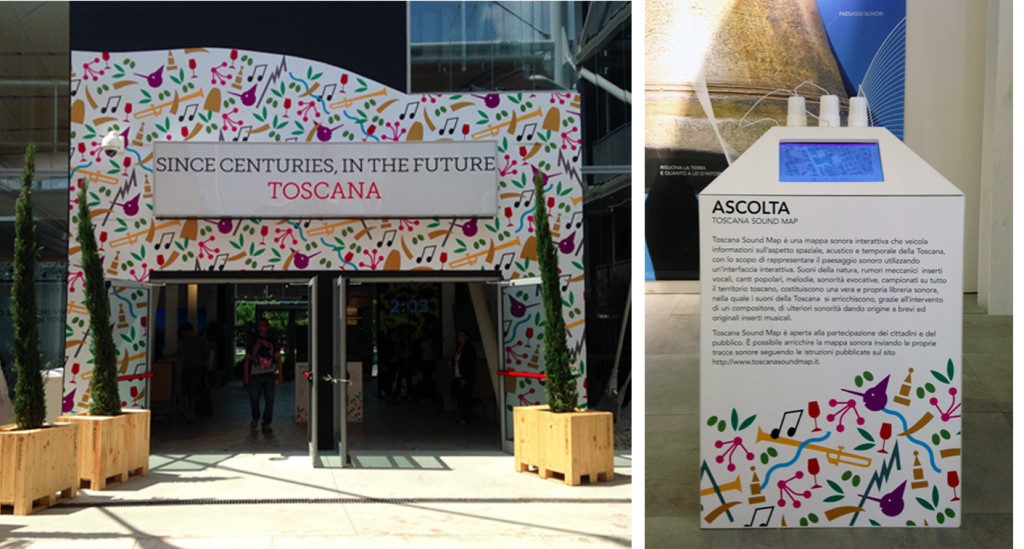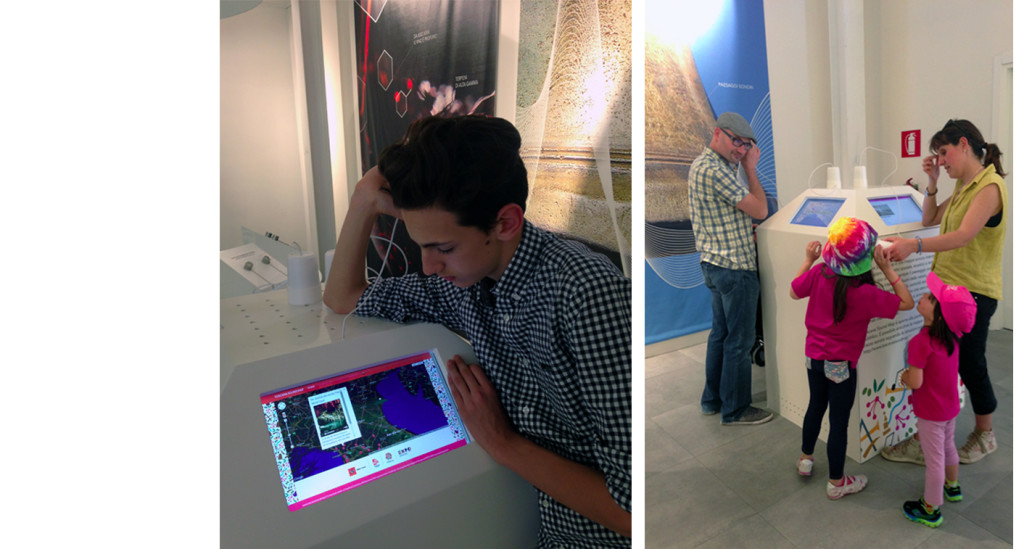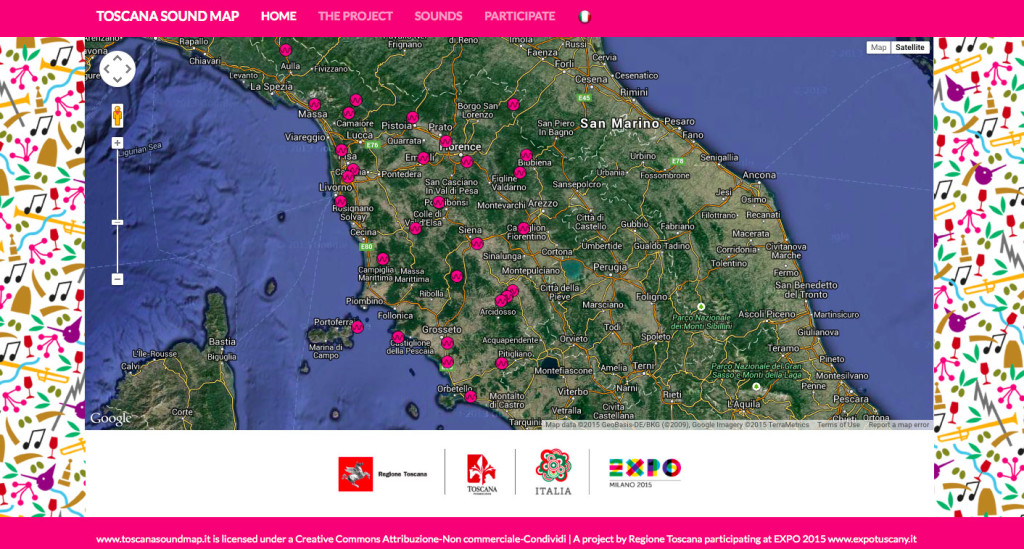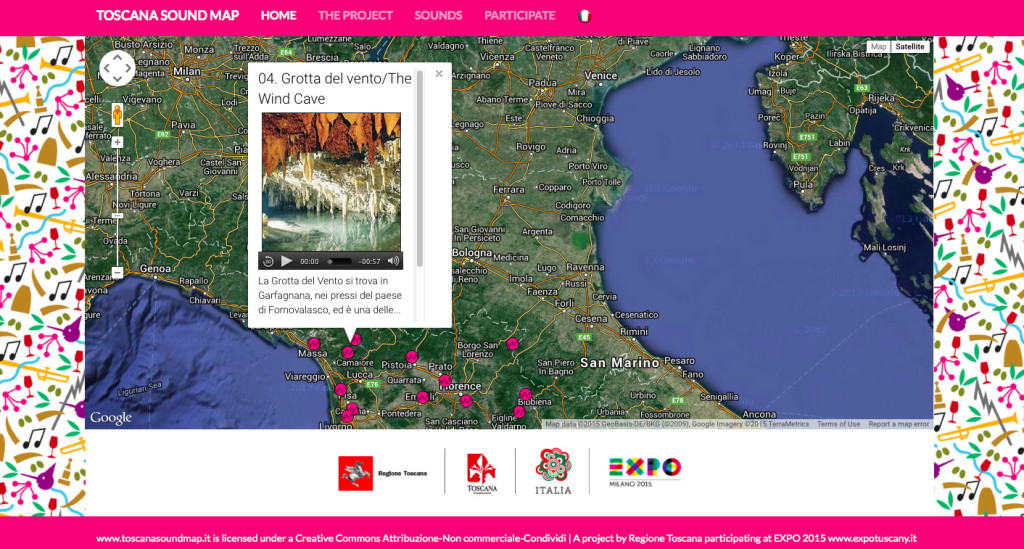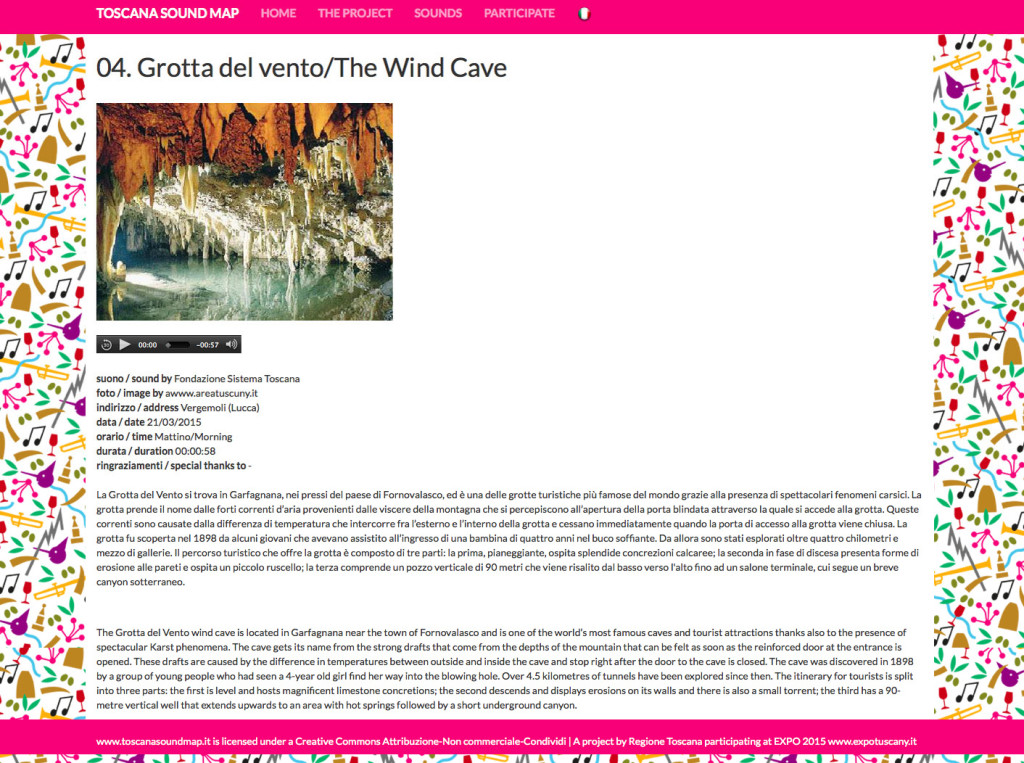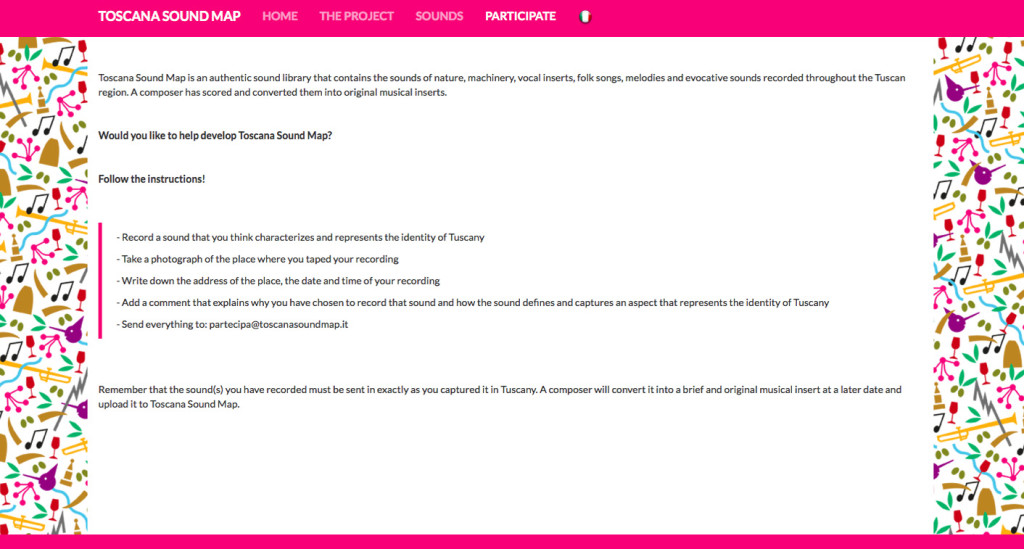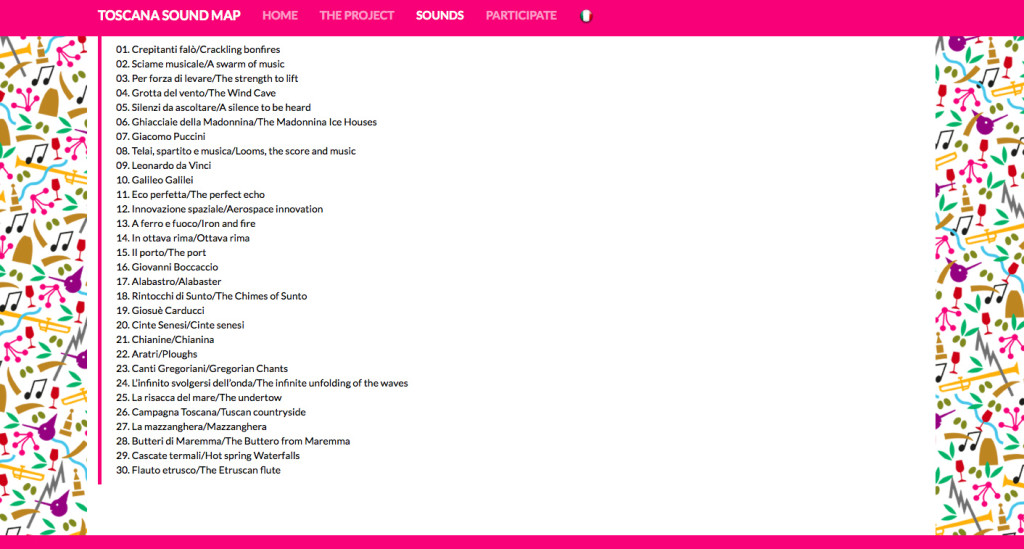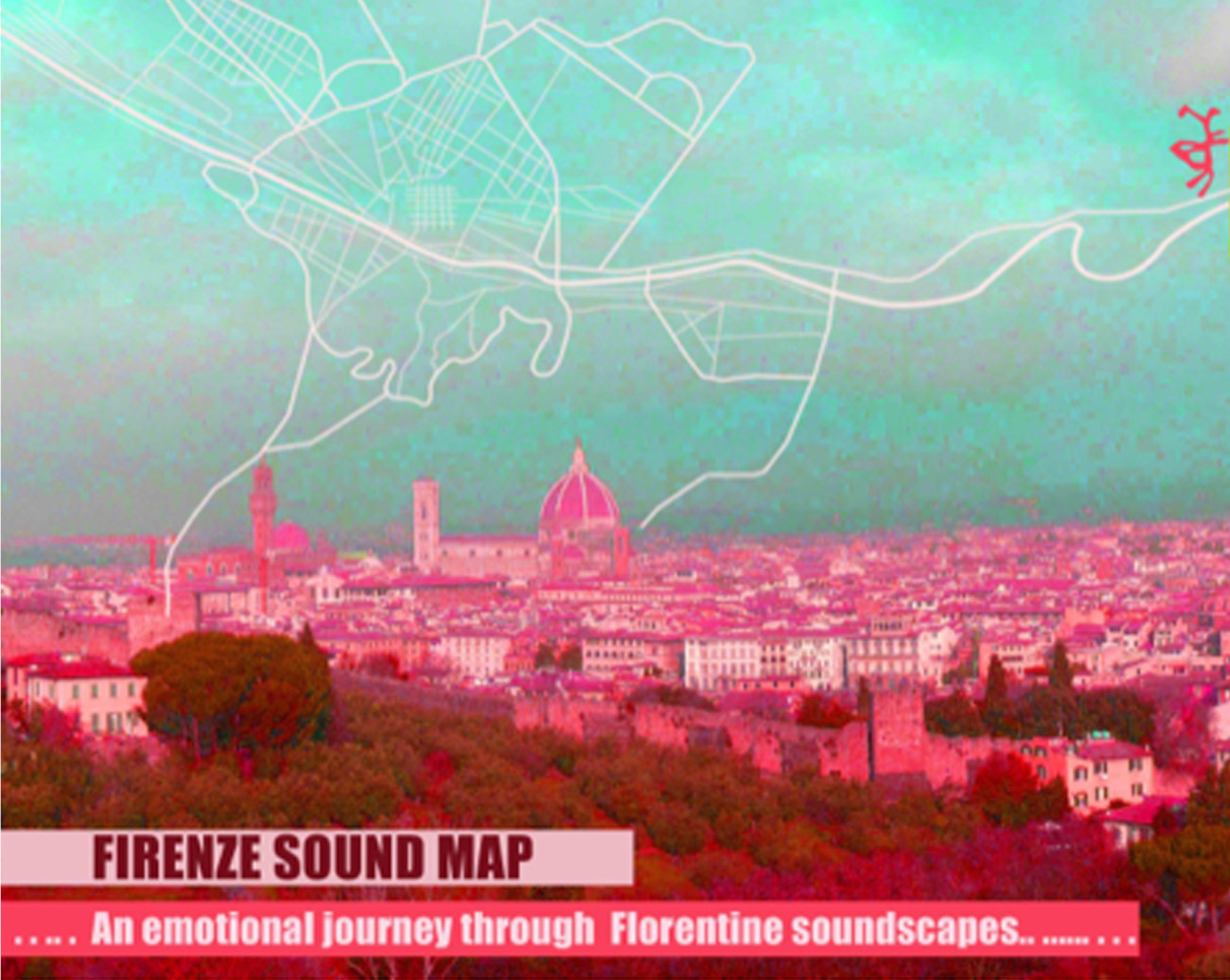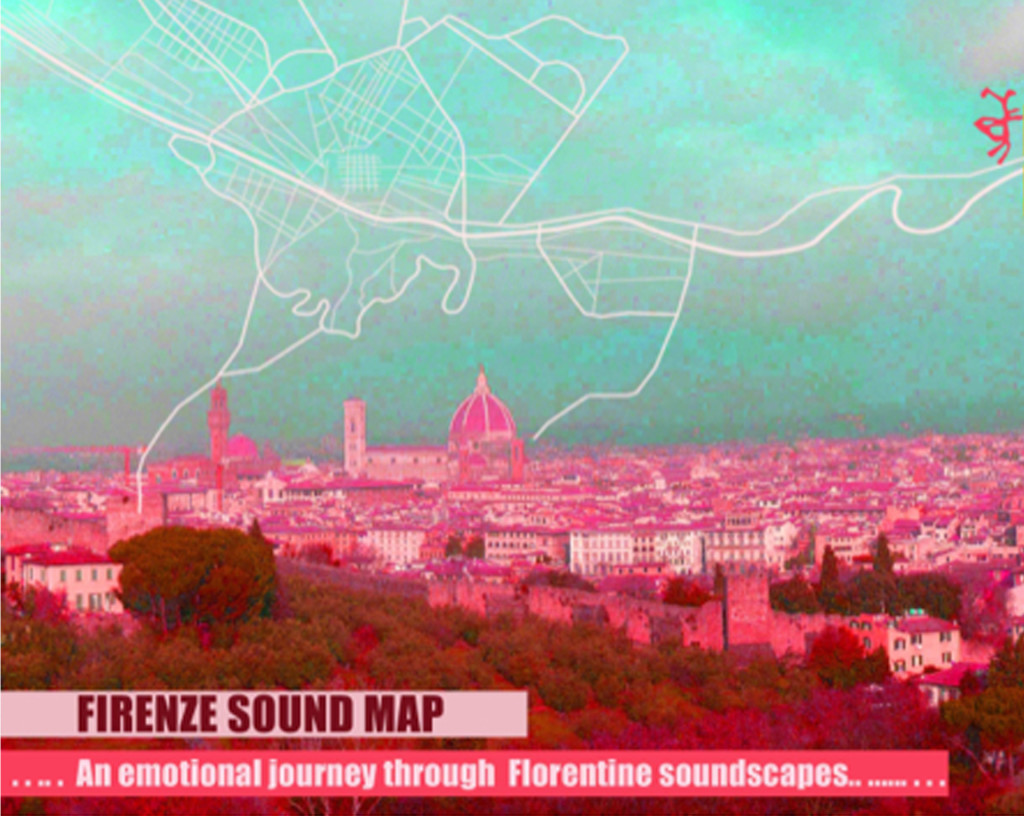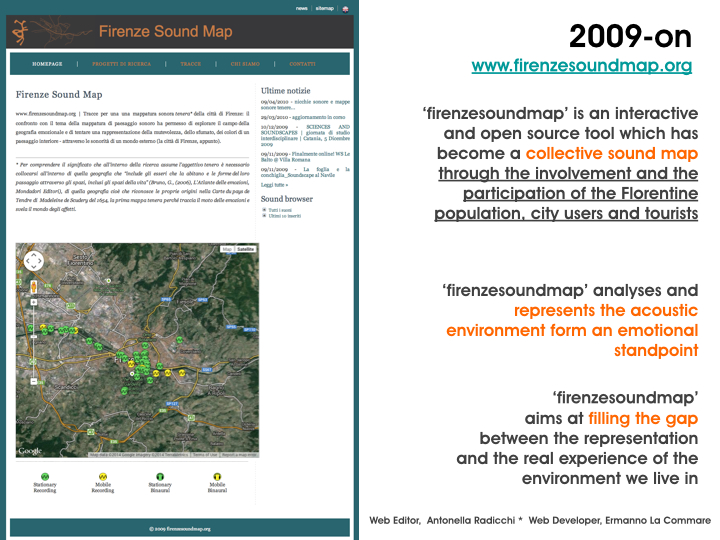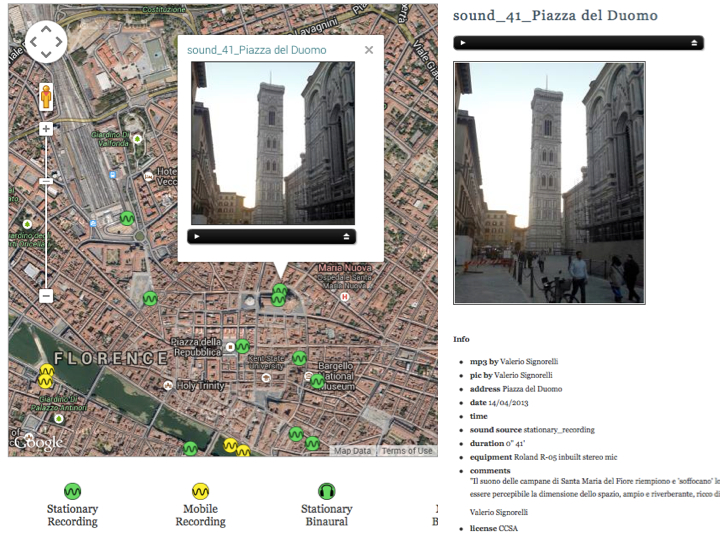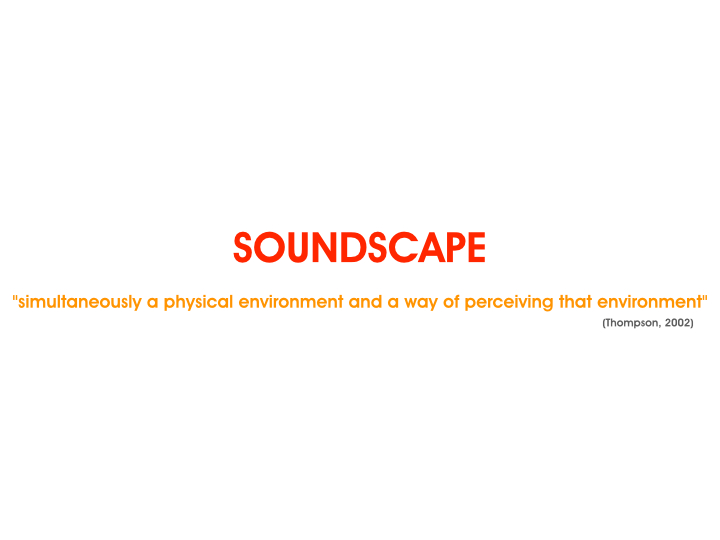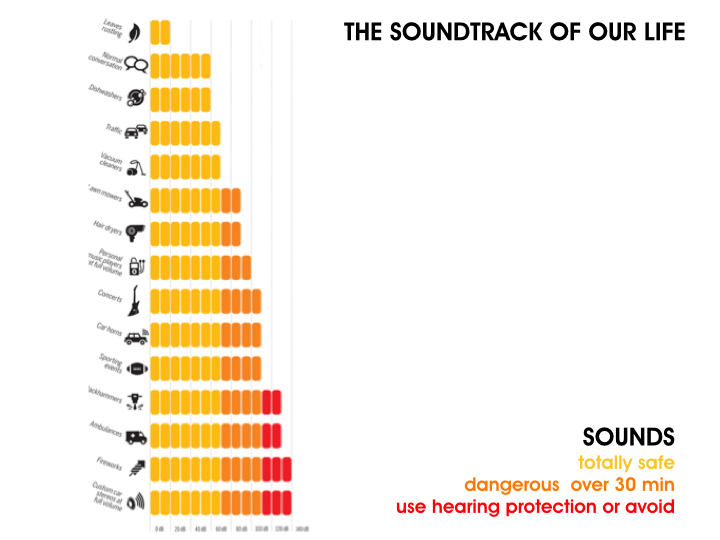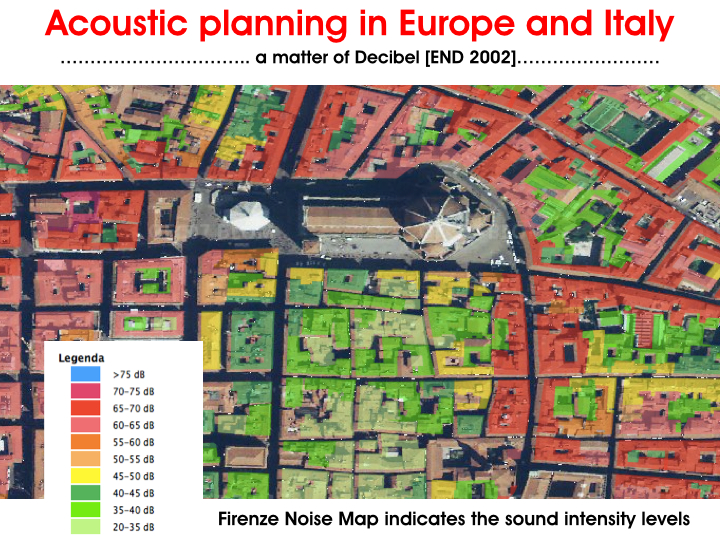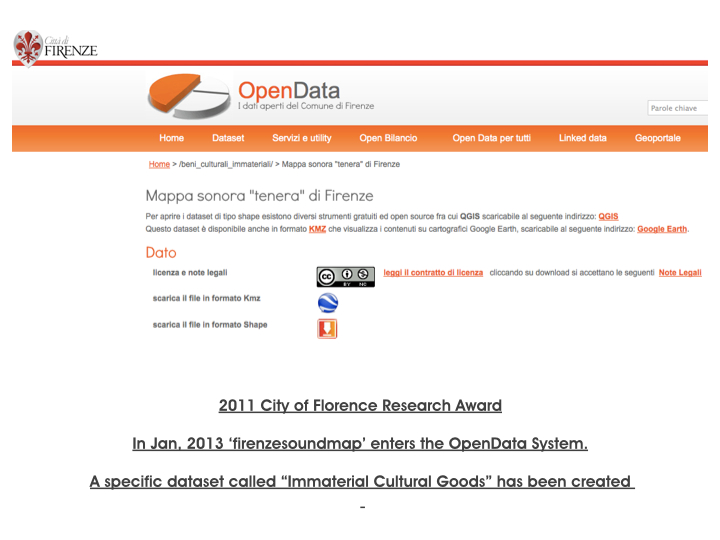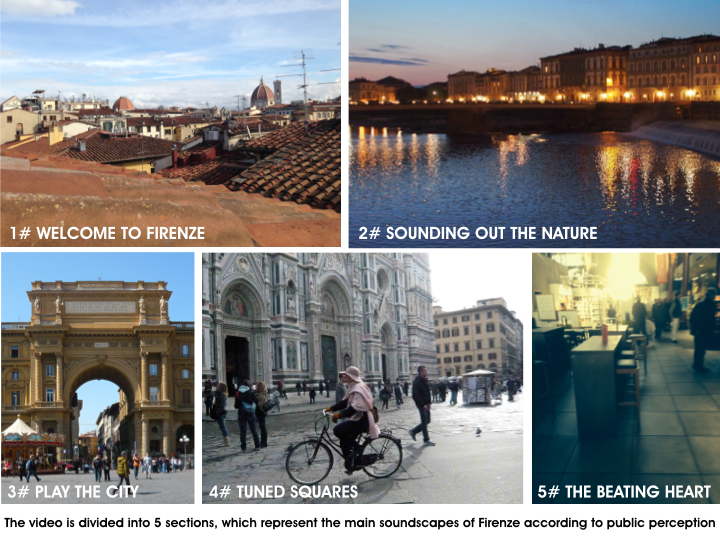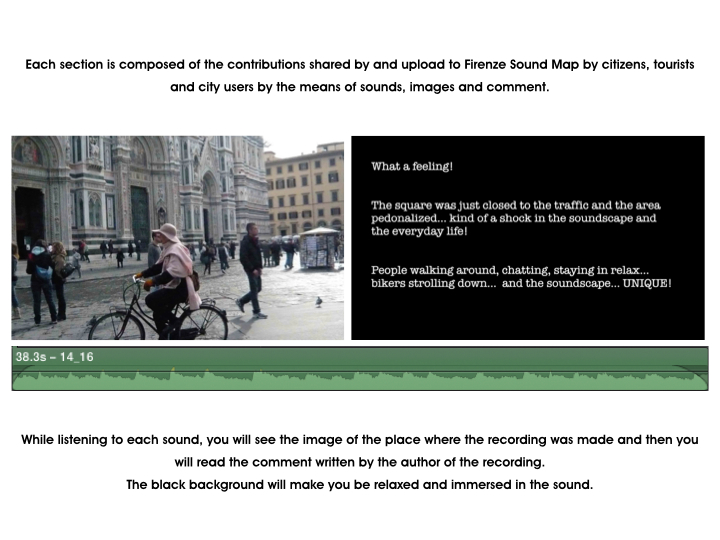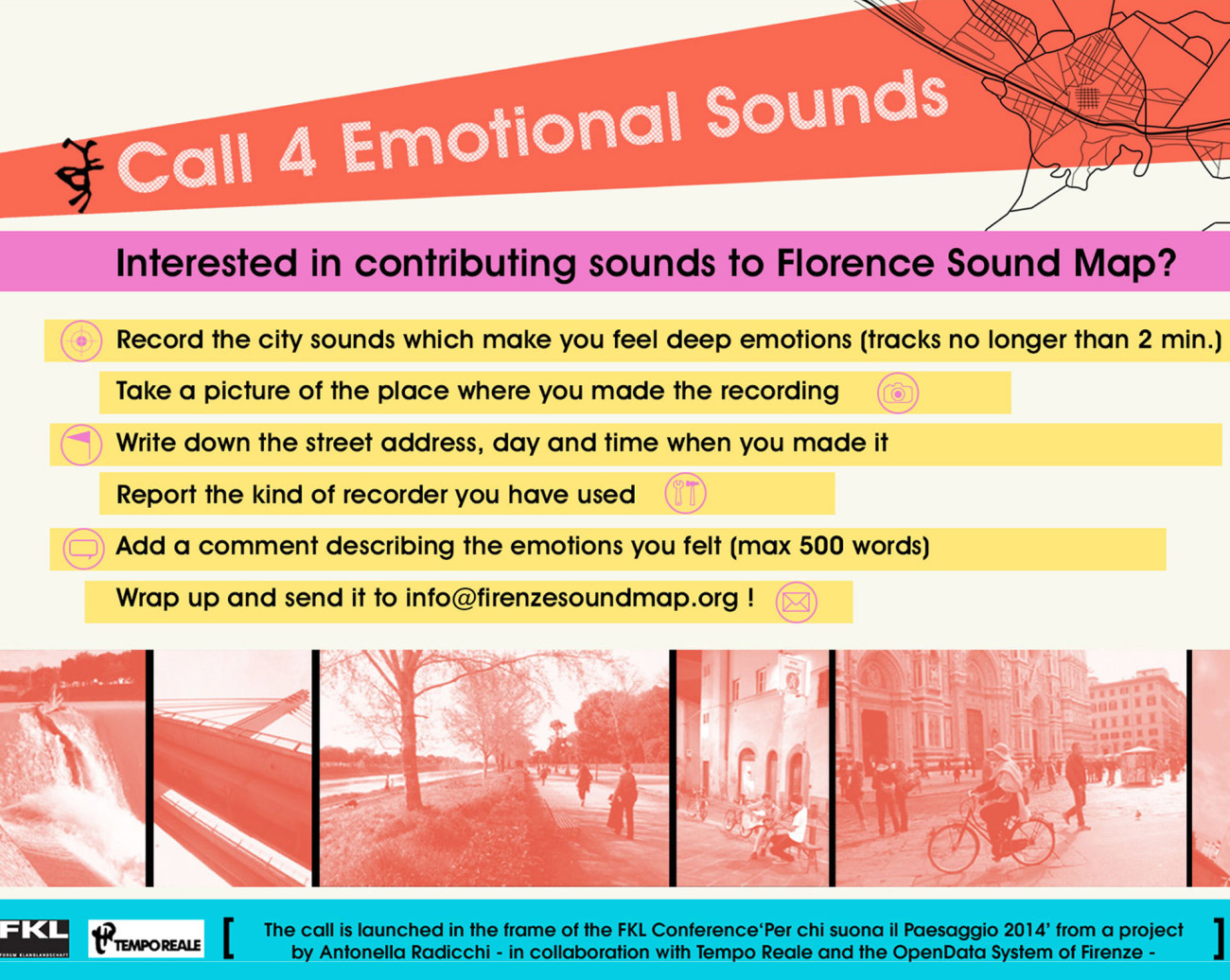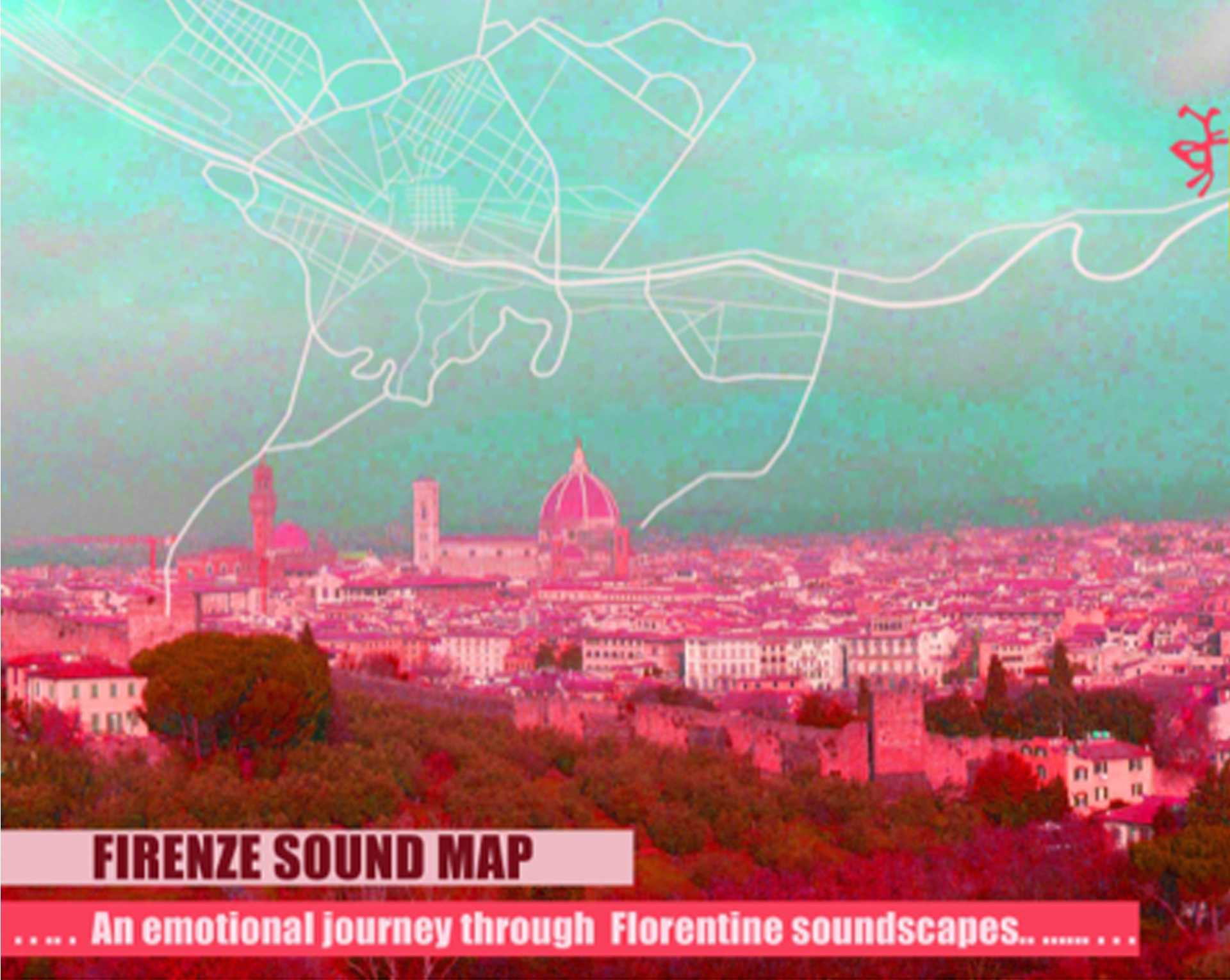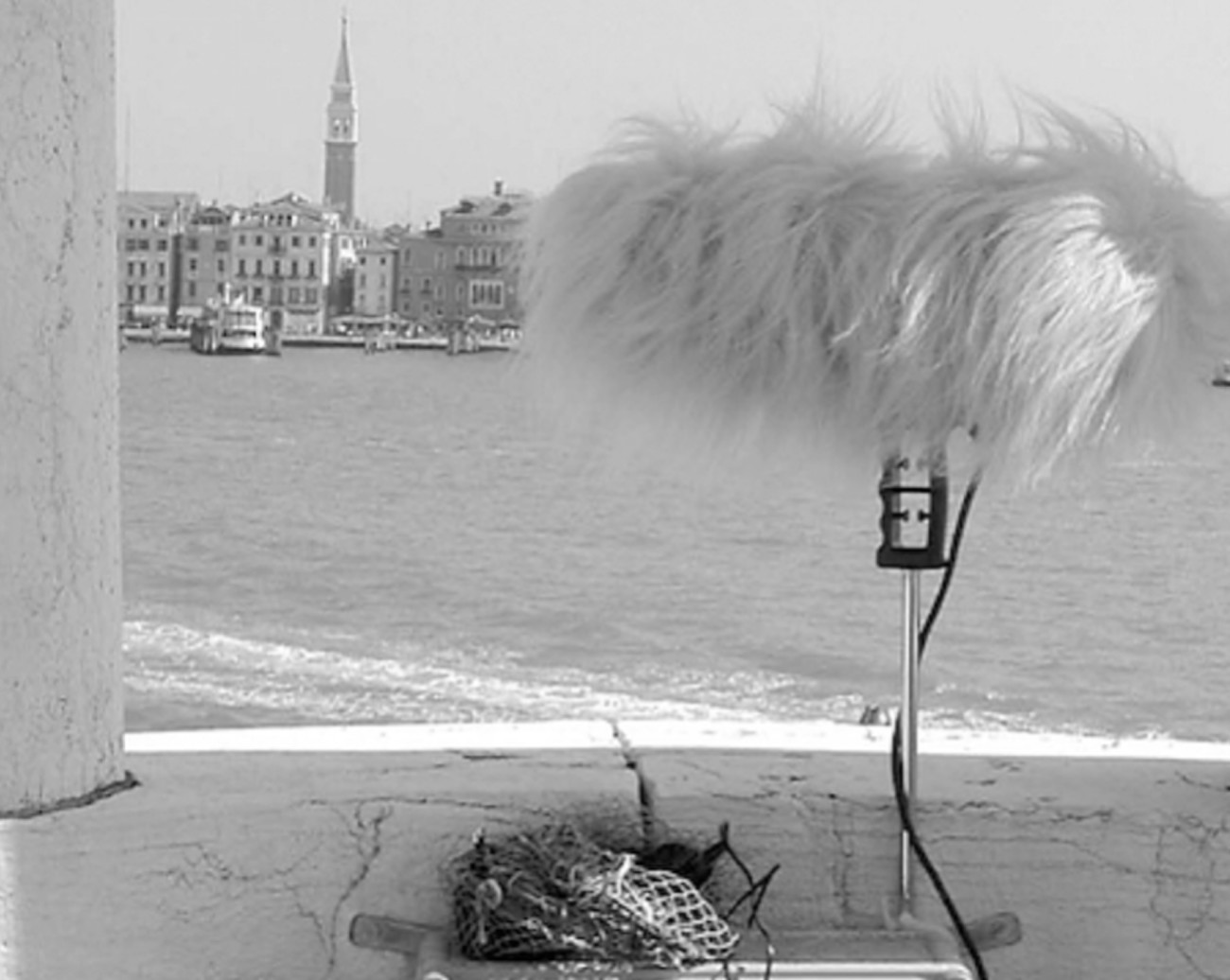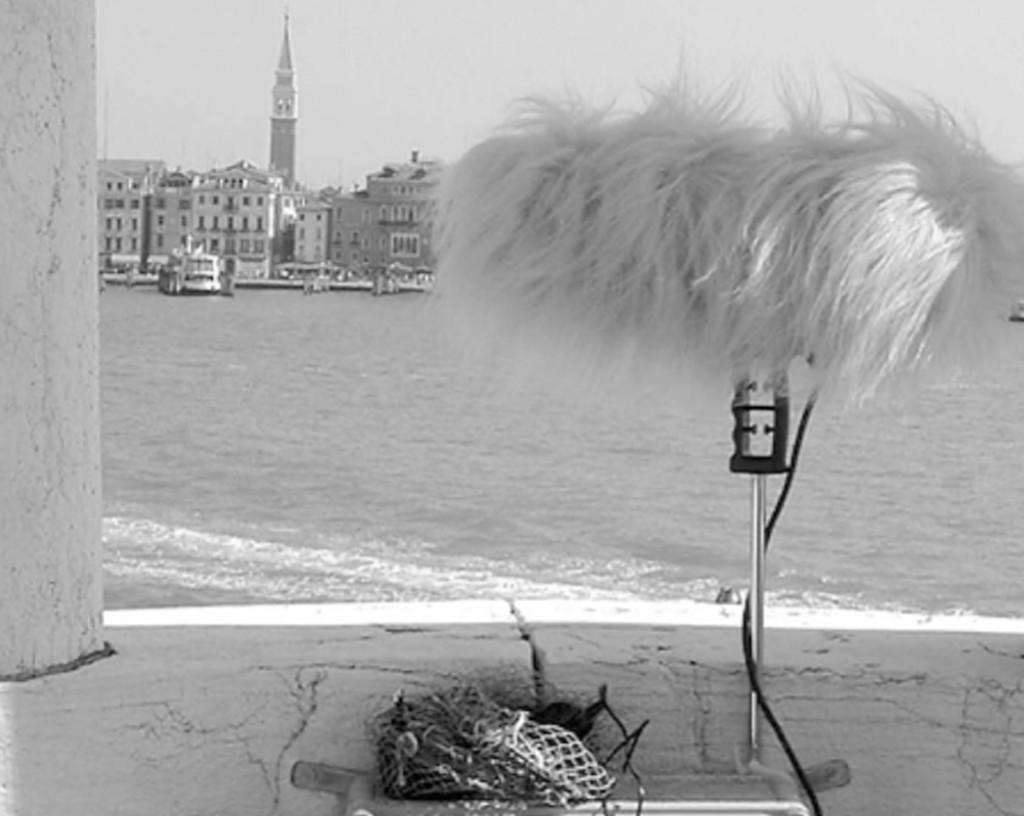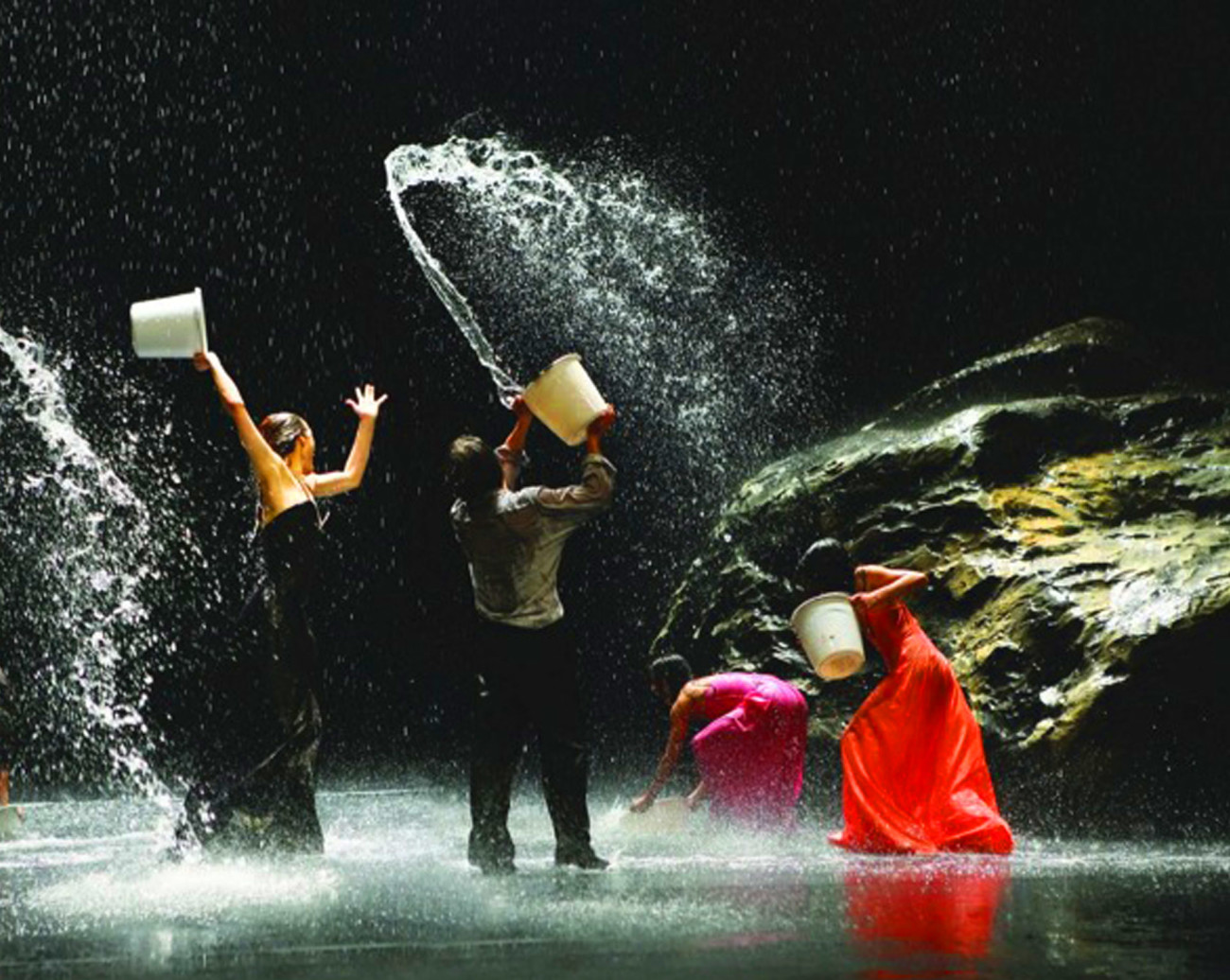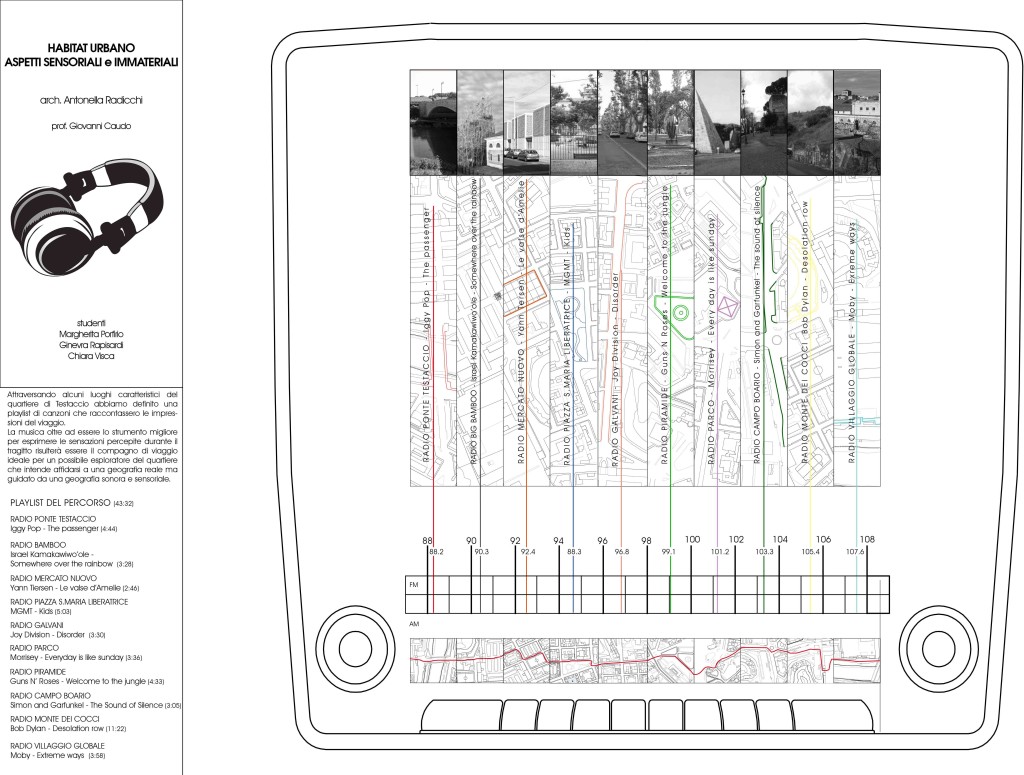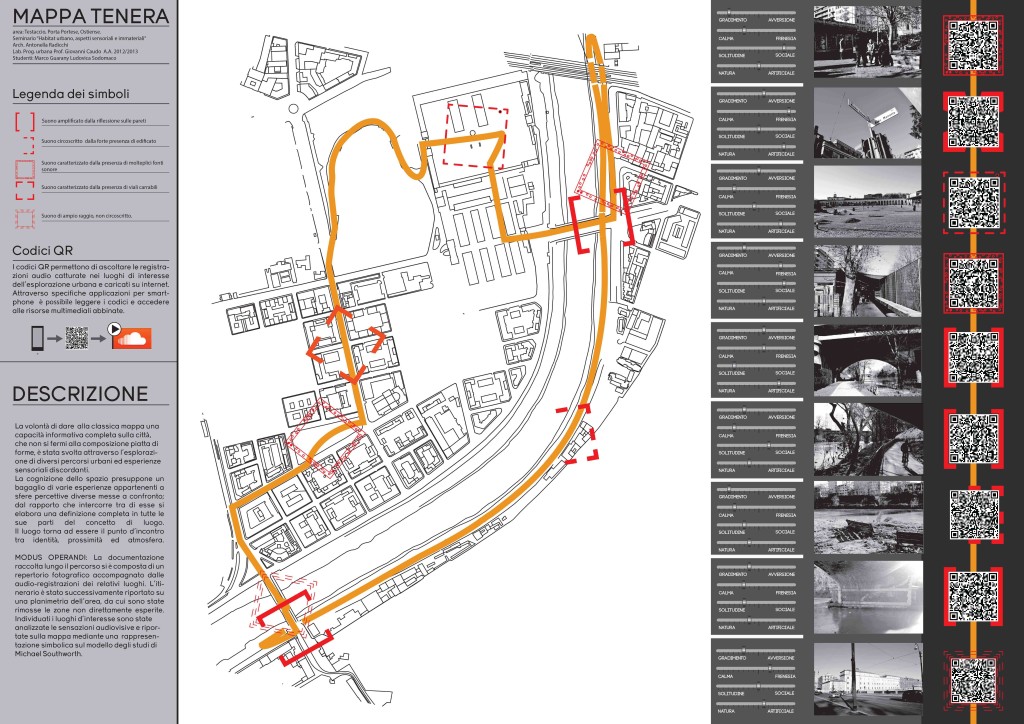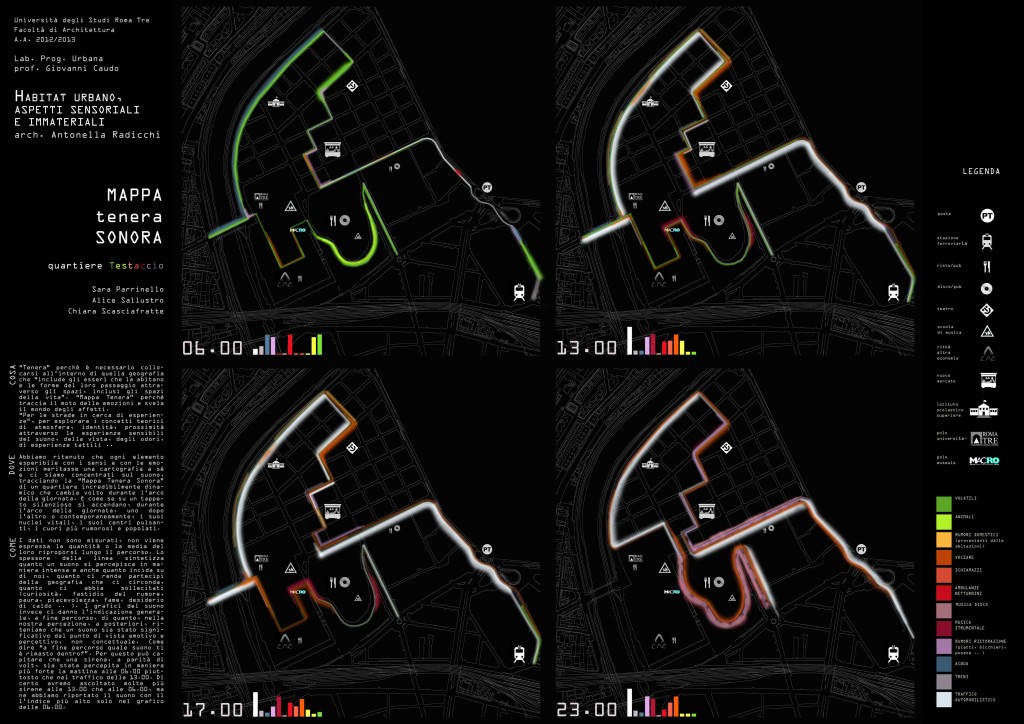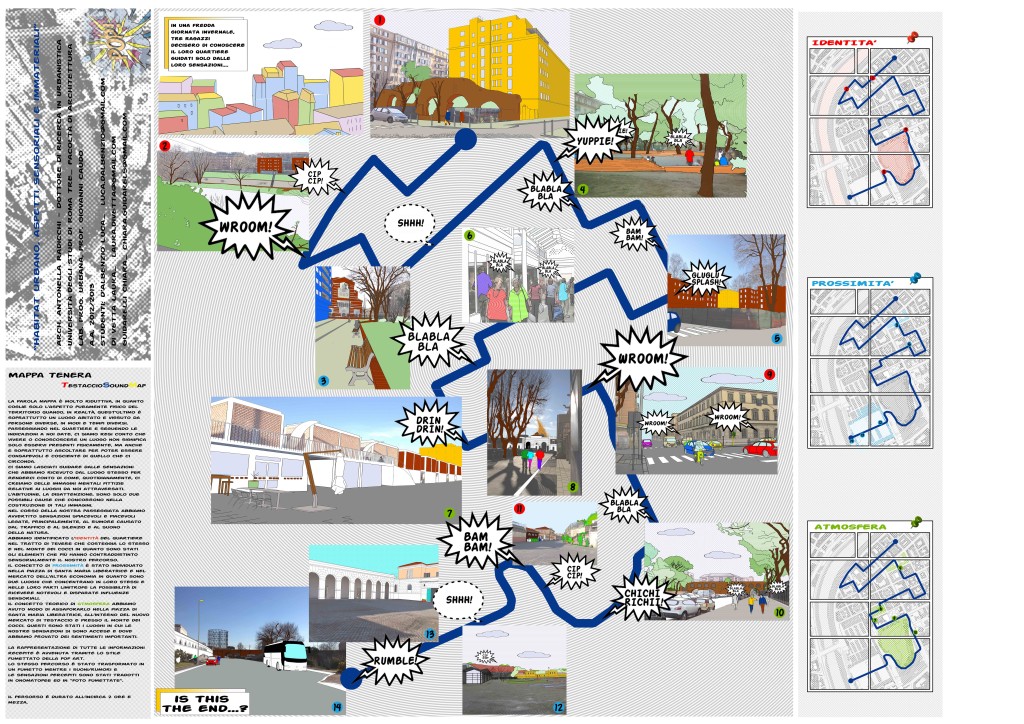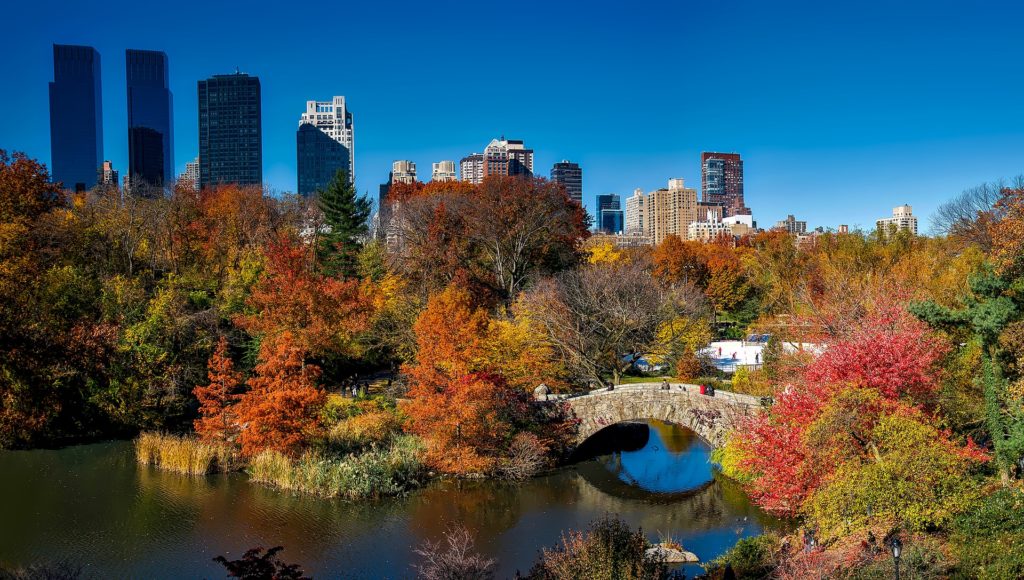
DESCRIPTION
For the celebration of the International Noise Awareness Day (INAD) 2019, public Hush City soundwalks and a day-long workshop take place in New York throughout April and May 2019.
Save the Dates!
- April 8th 2019
A soundwalk is guided by Antonella, with NYU Professor Tae Hong Park, Dr. Arline Bronzaft and NYU students in the Washington Square Park area to visit, evaluate and map quiet areas, using the Hush City app.
Data collected by the participants are accessible on the Hush City Map here.
More info on the event can be found here.
This soundwalk is supported by the Acoustical Society of America (ASA): read more here. - April 24th 2019
A day-long workshop “Noise, Quietness, and the Healthy City” is hosted at New York University (NYU) with talks, discussions, and a soundwalk in the Washington Square Park area. This workshop is aimed at addressing this gap by engaging the NYC community with expert talks and soundwalks that will provide answers to important questions about city noise, including: What exactly is noise pollution? How does noise affect urban environments, population health, and local economies? What reduction measures and strategies is NYC implementing? What are quiet urban areas and what state-of-the-art measures exist for their identification and protection? What is the “soundscape approach” to noise pollution? Why does it represent a citizen-driven paradigm shift? What are the tools and resources available to take action and contribute to protection of quiet areas in cities?
Invited speakers include (in alphabetical order):
– Adrian Benepe, Senior Vice-President and Director of National Programs, The Trust for Public Land
– Arline Bronzaft, Ph.D., Board member, GrowNYC
– Nancy Nadler, MED, MA, Deputy Executive Director, Center for Hearing and Communication
– Tae Hong Park, Ph.D., Professor at New York University and Chief Architect of Citygram and CTO of NOISY
– Antonella Radicchi, Ph.D., TU Berlin Soundscape Researcher, HEAD-Genuit Foundation Fellow and inventor of the Hush City app
– Charles Shamoon, Esq., New York City Department of the Environmental Protection (DEP)
Organizers and collaborators
The “Noise, Quietness, and the Healthy City” workshop is organized by Antonella Radicchi, Tae Hong Park, and Arline Bronzaft and it has been made possible with the support of (in alphabetical order): Acoustical Society of America (ASA), Center for Hearing and Communication (CHC), Dayton Audio by Parts Express, GrowNYC, HEAD-Genuit Foundation, New York City Department of the Environmental Protection (DEP), New York University (NYU), NoiseGate, Technical University of Berlin (TU Berlin), The Quiet Coalition, The Trust for Public Land.
Read more here. - May 16th 2019
A soundwalk is guided by Antonella in the Little Italy area with the Elisabeth Street Garden community. The aim of the soundwalk is to raise awareness on the importance of accessing oases of calmness in the noisy and dense Manhattan. During the soundwalk, the group visit, evaluate and map quiet spots in the Little Italy area, using the Hush City app.
Data collected by the participants are accessible on the Hush City Map here.
More info on the event can be found here.
YEAR
2019
ACKNOWLEDGMENTS
The Workshop and the three soundwalks were organised within the context of the Hush City Mobile Lab project, which has received funding from the HEAD-Genuit Foundation.
The first version of the Hush City app received funding from the People Programme (Marie Curie Actions) of the European Union’s Seventh Framework Programme (FP7/2007-2013) under REA grant agreement no. 600209 (TU Berlin – IPODI).
The second version of the Hush City app received funding from theHEAD-Genuit Foundation.
